Here is a hit exhibition of the year where you can wait for queues – Särestöniemi was the Prince of Colors
This year celebrates Reidar Särestöniemi from Lappish, with 100 years of birth. The Didrichsen Art Museum in Helsinki opens his celebration exhibition in honor of it.
The artist did not spare in the amount of colors or paint. Therefore, he has been called the prince of colors.
As he rushed with his painting, he was like a performance artist.
Särestöniemi overturned a full jar of dark paint, draining, spreading, wiping and turning.
Reidar Särestöniemi found colors in nature.
He explored the lichen, fetched a spring green shade from the moss and wanted to get it in his same work.
Iiris Markkola says that after that, Särestöniemi mixed the colors at home and may still have compared the marsh’s eye, whether the tone is definitely right.
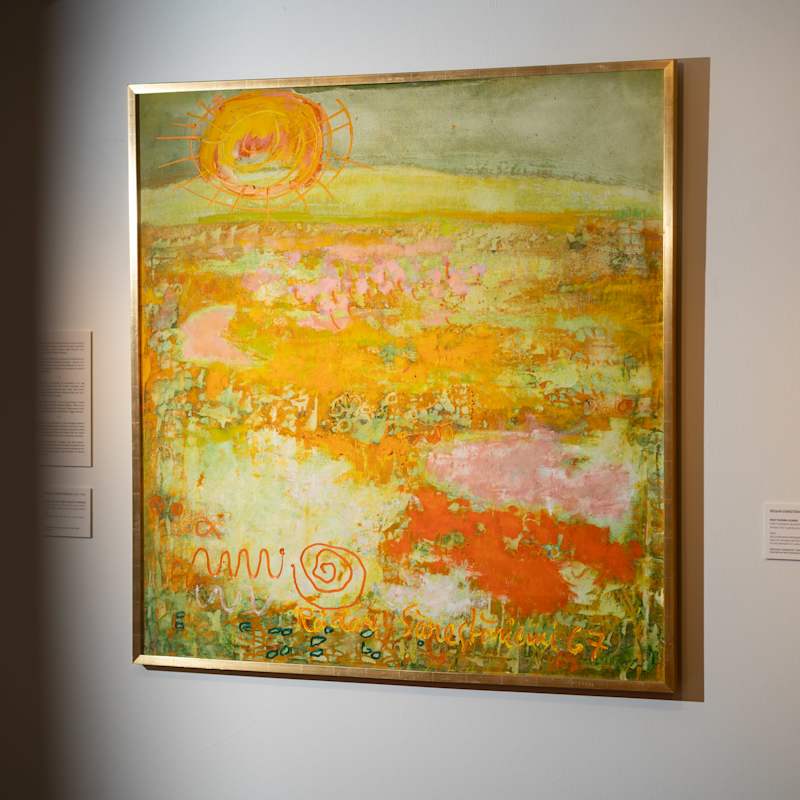
In the works glowing the northern sun
This year has been named Reidar Särestöniemi’s anniversary year, as he is a hundred years of birth.
Nature plays a major role in the celebration exhibition of the Helsinki Didrichsen Art Museum.
Särestöniemi’s life and art were strongly linked to the seasonal variation, the nature and beliefs of Lapland.
In the artist’s works, the sun glows red, the swamp smells and shines the bright light of the spring and the color spectrum of the fall.
– For him, spring and summer were the most beloved. At that time, there was the most light, which made it possible to paint and move around in the wild, says Iiris Markkola.
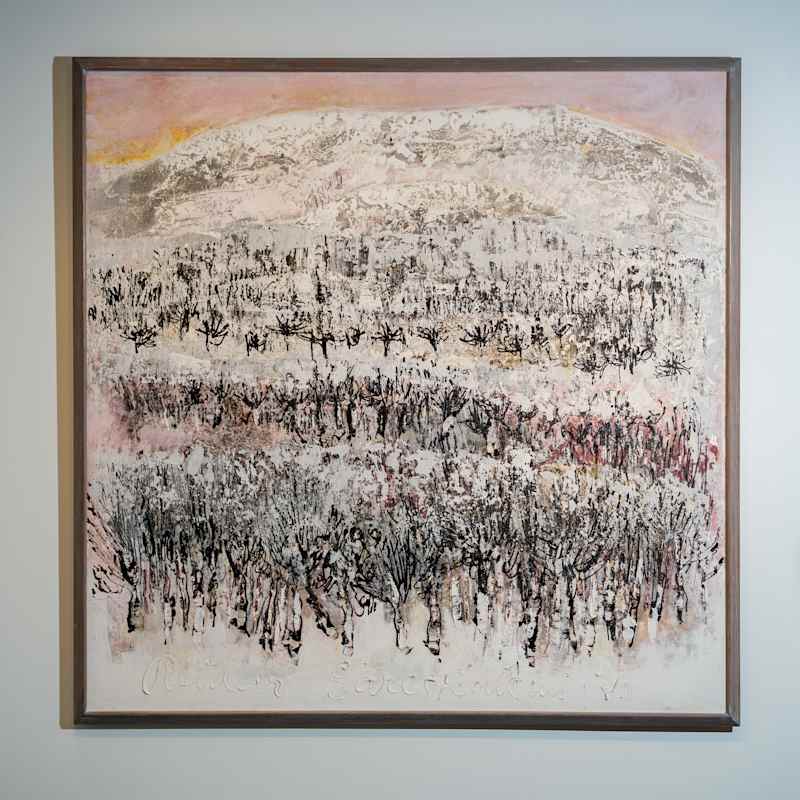
At the end of the unknown Taipale, the artist born in Kitilä in Kaukonen village was strongly rooted in the north.
He studied art in Helsinki and Leningrad, traveled around the world, but always returned to the home farm in Särestö.
– There were hazards and rabies. That’s what he lived, he painted. He felt he was one with the nature of Lapland.
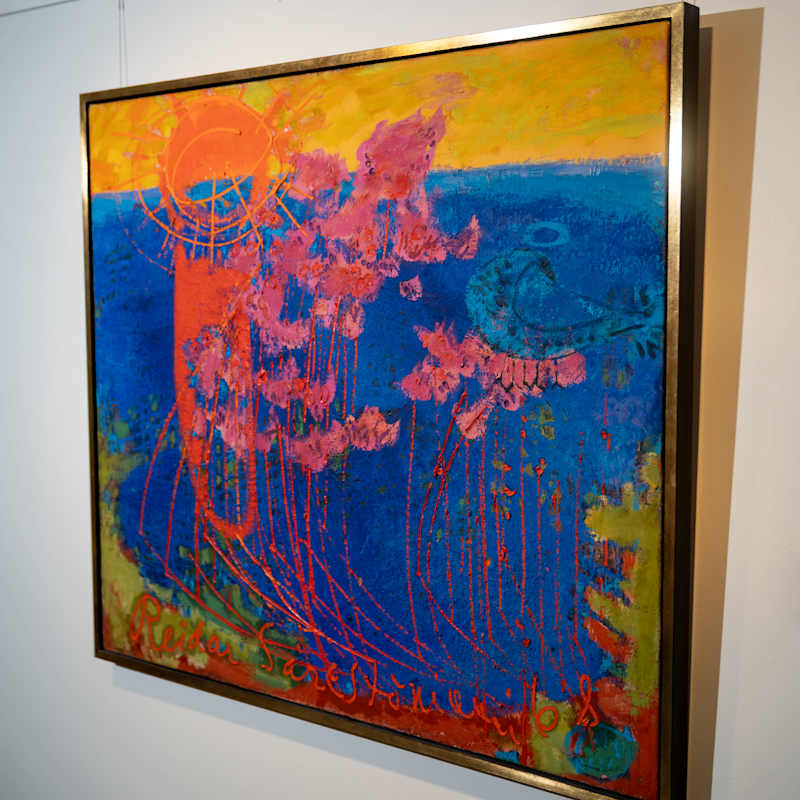
Särestöniemi was Riekko, Ilves and wolf
In Reidar Särestöniemi’s art, the animals depicted his own deepest feelings. The animal’s animal is Särestöniemi itself.
Sometimes art required dressing to be seal.
Iiris Markkola says that the works of the works depicted the artist’s fragility and sensitive aspects.
The lone wolf driven into the corner was an artist’s self -portrait. He felt that he was threatened by extinction, the last of his species.
– When he wanted to play himself playful, fun and tense, he painted Ilves.
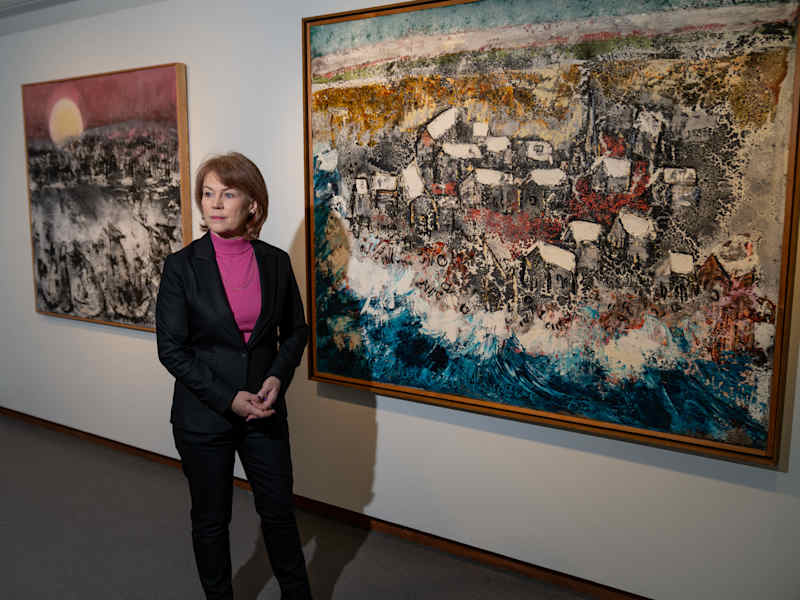
Särestöniemi was a conservationist
Särestöniemi was a nature activist of his time, who, for his great sorrow, saw \”within a thousand kilometers of the destruction of the Arctic world.\”
He took a stand for environmental protection.
Particularly important for Särestöniemi was that the \”Kotijoki\” or Ounasjoki River would avoid the construction of the artificial basin. The River Conservation Act was approved after his death in 1983.
Särestöniemi was a “special world man”
Reidar Särestöniemi is one of the most famous artists in Finland.
– The audience has always loved Särestöniemi’s work, says Iiris Markkola.
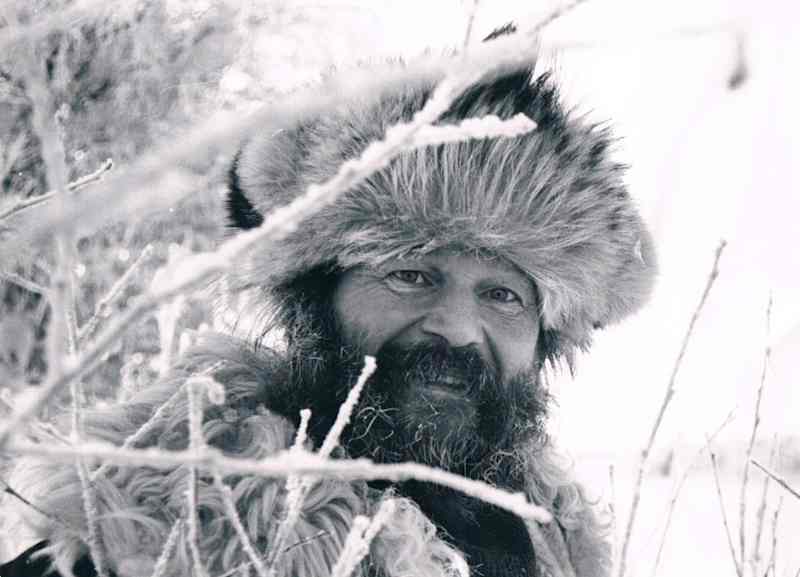
Maria Didrichsen says from Reidar Särestöniemi that she was a stunning and special artist.
– Very funny. Such a world man.
– Also contradictory, Markkola adds.

*Särestöniemi sites are the story of the Rovaniemi Art Museum and the Särestöniemi Museum publishing all the desire to say the color.*
